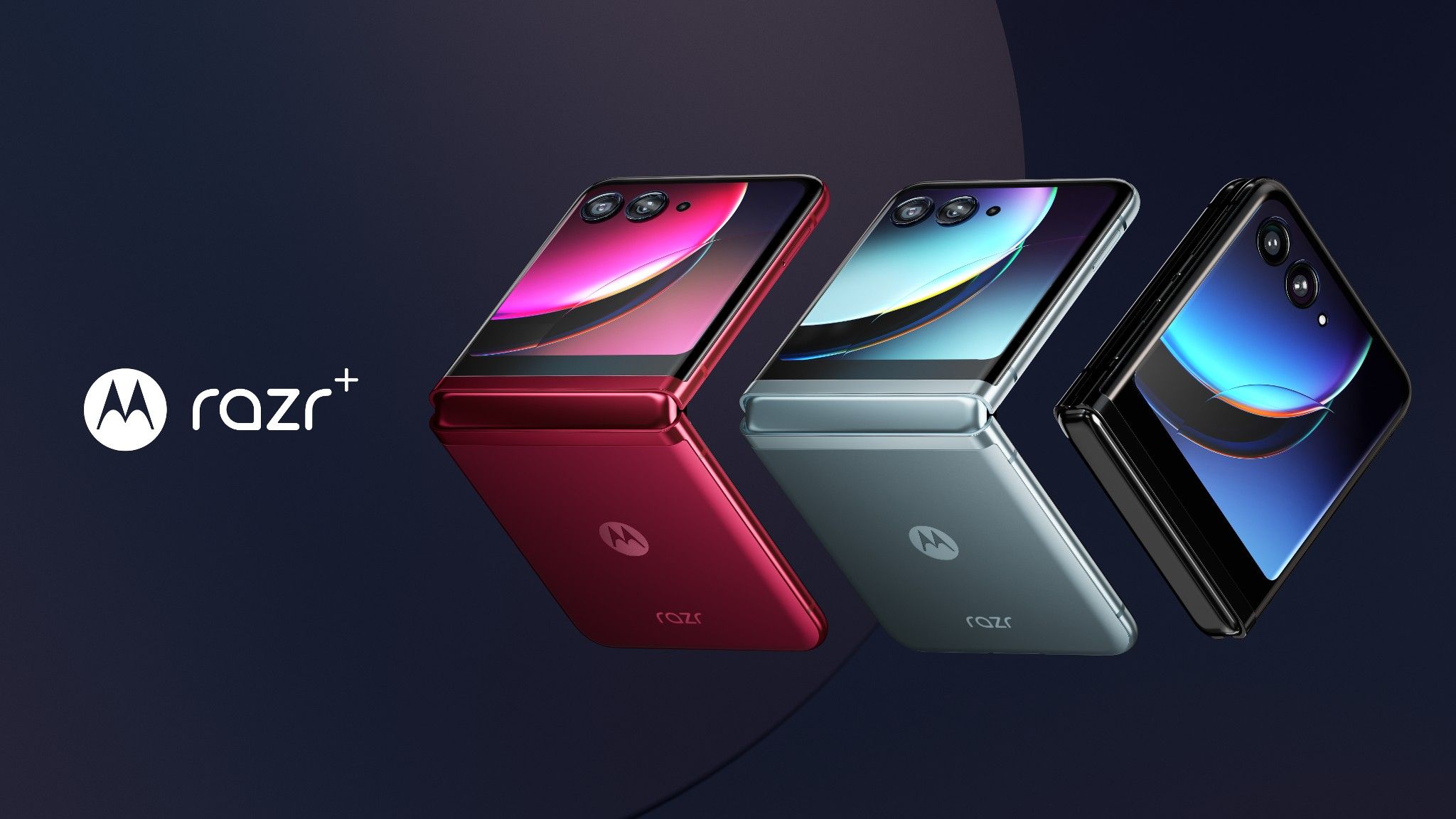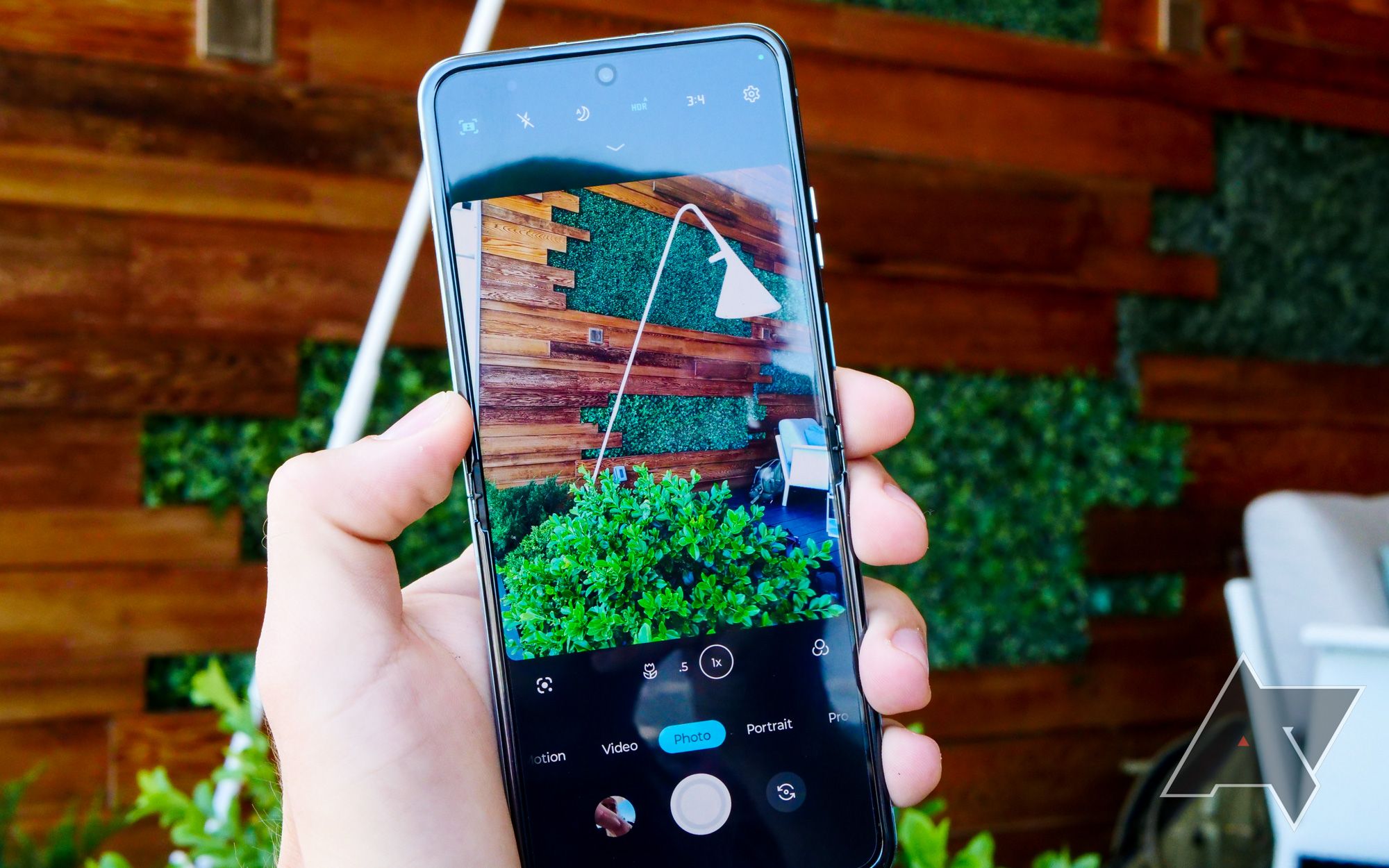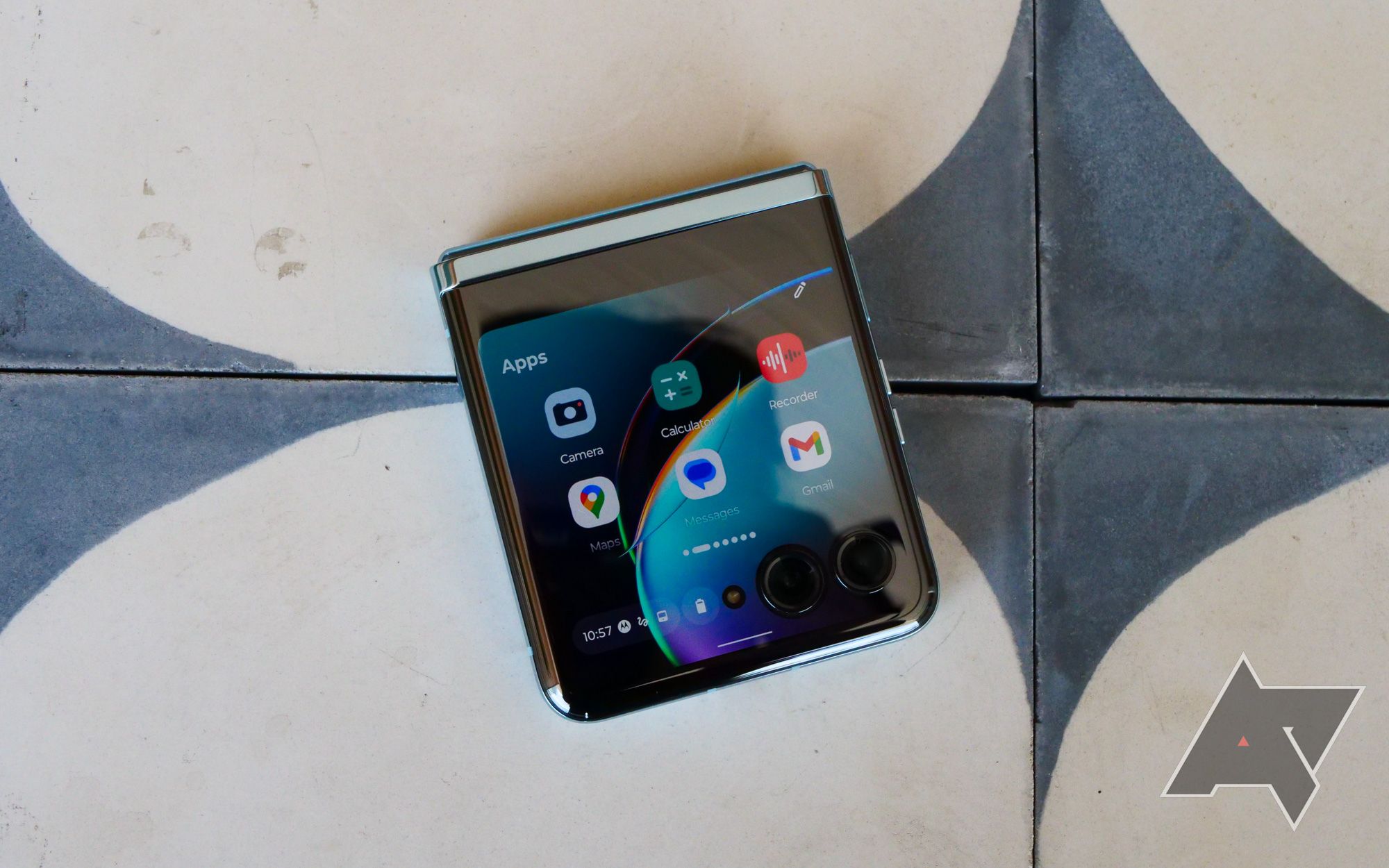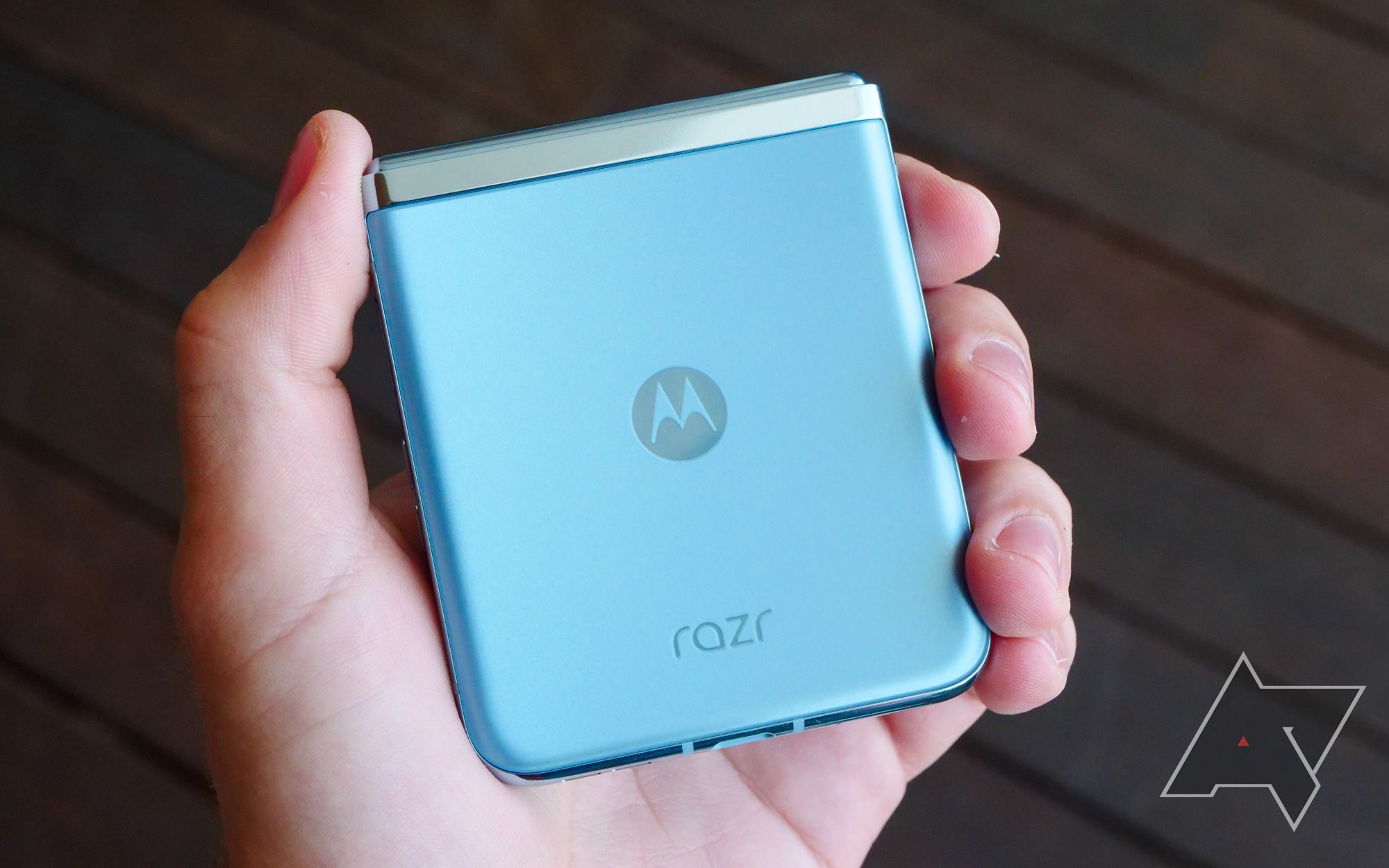After months of rumors — not to mention a three-year absence from North America — Motorola is ready to unveil its next series of folding phones. This time around, the company is splitting its phone into two distinct flavors: the higher-end Moto Razr+ and the more affordable Moto Razr. We still have plenty of questions about both phones (and you can check out our hands-on to learn the answers to some of them), but ahead of some stiff competition from Samsung later this summer, today's announcement is likely to grab the attention of plenty of foldable fans.

Motorola Razr+ (2023)
Motorola might have taken some time off from launching its foldables in the US, but it's raging back with the Moto Razr+. This year, the focus is all on the outer 3.6-inch display, which promises to let you do virtually anything without opening the phone. And when you need a larger screen, the 6.9-inch display inside feels just like the company's other smartphones.
- SoC
- Qualcomm Snapdragon 8+ Gen 1
- Display
- RAM
- 8GB LPDDR5
- Storage
- 256GB
- Battery
- 3,800mAh
- Ports
- USB-C
- Operating System
- Android 13
- Front camera
- 32MP f/2.4
- Connectivity
- NFC
- Dimensions
- Open: 73.95 x 170.83 x 6.99mm, Closed: 73.95 x 88.42 x 15.1mm
- Colors
- Infinite Black, Glacier Blue, Viva Magenta
- Weight
- 188.5g
- IP Rating
- IP52
- Price
- From $1,000
Let's really focus on the Moto Razr+, since its large exterior display will no doubt be the thing that draws in potential buyers. Really, that 3.6" screen is the star of the show, as Motorola wants to make it one of the main ways you interact with the device. It's nearly a perfect square, rocking a 1066x1056 resolution along with a 144Hz refresh rate. It's super eye-catching, with the Razr+ providing plenty of lock screen options to make your phone's outer panel as customized as you want.
Even better, though, is how Motorola's taking advantage of this screen. The company uses nine different "panels" — essentially home screen pages, delivering dedicated widgets for news, weather, contacts, Spotify playback, and more. But crucially, one of these panels delivers app shortcuts, letting you open practically any application you want without limitations. Granted, not every app will work great on such a relatively small display, but firing off text messages or opening Google Wallet remain obvious options.



But, of course, it's also a foldable — not just a really tiny phone. Flipping open the Razr+ reveals its main 6.9" 1080p 165Hz pOLED display, along with the usual software experience we've come to expect from Motorola. Its crease, as you'd expect, is visible with the display off, though it's far less visible when compared to Samsung's offerings from last year. Although this panel is likely where you'll find yourself using the phone most of the time, it's also far less exciting than that outer screen.
Inside the phone, Motorola has effectively built a Galaxy Z Flip 4. It's using a Snapdragon 8+ Gen 1 — not the newer Snapdragon 8 Gen 2 — which, despite its relative age, should provide solid performance without sacrificing on battery life. And that's good news, because even at a relatively large 3,800mAh, the Razr+ isn't packing a massive battery. That's nothing new for clamshell foldables, but anyone looking for a multi-day phone might want to wait for reviews.
Similarly, we're likely looking at the usual middle-of-the-road performance when it comes to cameras, as the Razr+ just doesn't have the space to pack massive sensors. It's packing a 12MP main camera alongside a 13MP ultra-wide shooter that pulls double-duty as a macro lens, leaving buyers without a telephoto lens for far away subjects. Inside the phone, a 32MP front-facing camera should fulfill your selfie needs, though thanks to that massive exterior panel, you might be better off taking photos when the phone is closed.
For its part, Motorola has packed the Razr+ with some cool software tweaks, including a photo booth mode that mimics the experience of taking a bunch of group photos with only a few seconds in between. The phone runs Android 13 out of the box, with the company promising three OS upgrades and four years of bi-monthly security patches.
The Moto Razr+ goes up for pre-order through Motorola's website and various carriers and retailers on June 16th for $1,000, with wide availability on June 23rd. In addition to the usual Amazon and Best Buy listings, you'll also find it in AT&T and T-Mobile stores, with the latter offering that gorgeous Viva Magenta color as a carrier exclusive (it'll also be sold on Moto's storefront). Verizon subscribers, don't fret — you can still rock the Razr+ too, though you'll have to buy it as an unlocked phone.
And yes, the rumors about its international name were true. Outside North America, the phone is called the Motorola Razr 40 Ultra, and you can find it on sale starting in Europe starting today for €1,200.
Of course, we haven't forgotten about the smaller, cheaper Motorola Razr. It's just that, well, there's not much to talk about yet. The phone uses a similar chassis, swapping out the outer panel for a smaller 1.5" OLED ticker. It has a similar 6.9" pOLED panel inside, albeit with the refresh rate dropped to 144Hz. It's a change unlikely to matter to most users, but it does come as a direct consequence of the move to the Snapdragon 7 Gen 1. That's a decidedly less powerful chipset than the one found in the Razr+, but combined with the much larger 4,400mAh battery, it could become the longest lasting clamshell foldable yet.
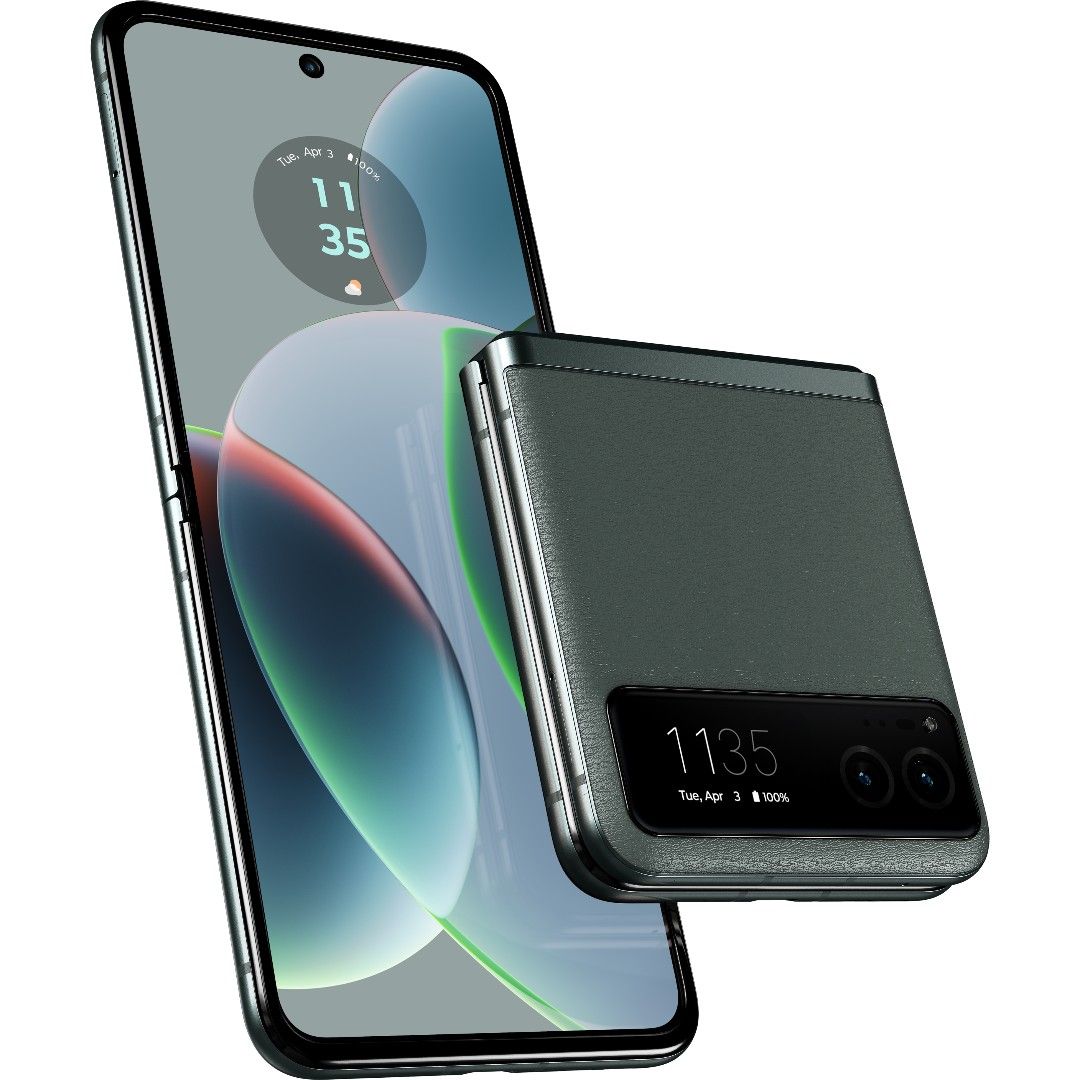
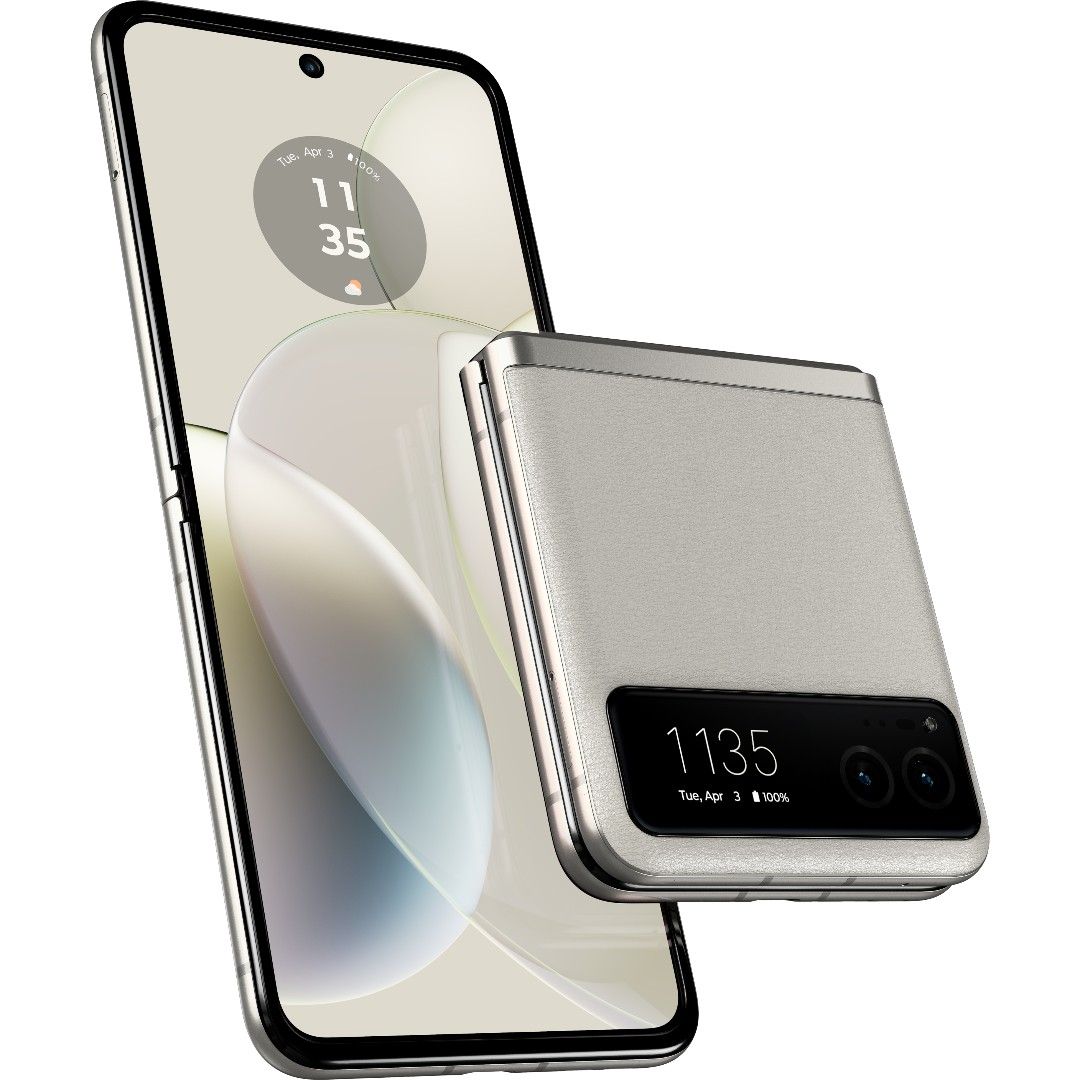
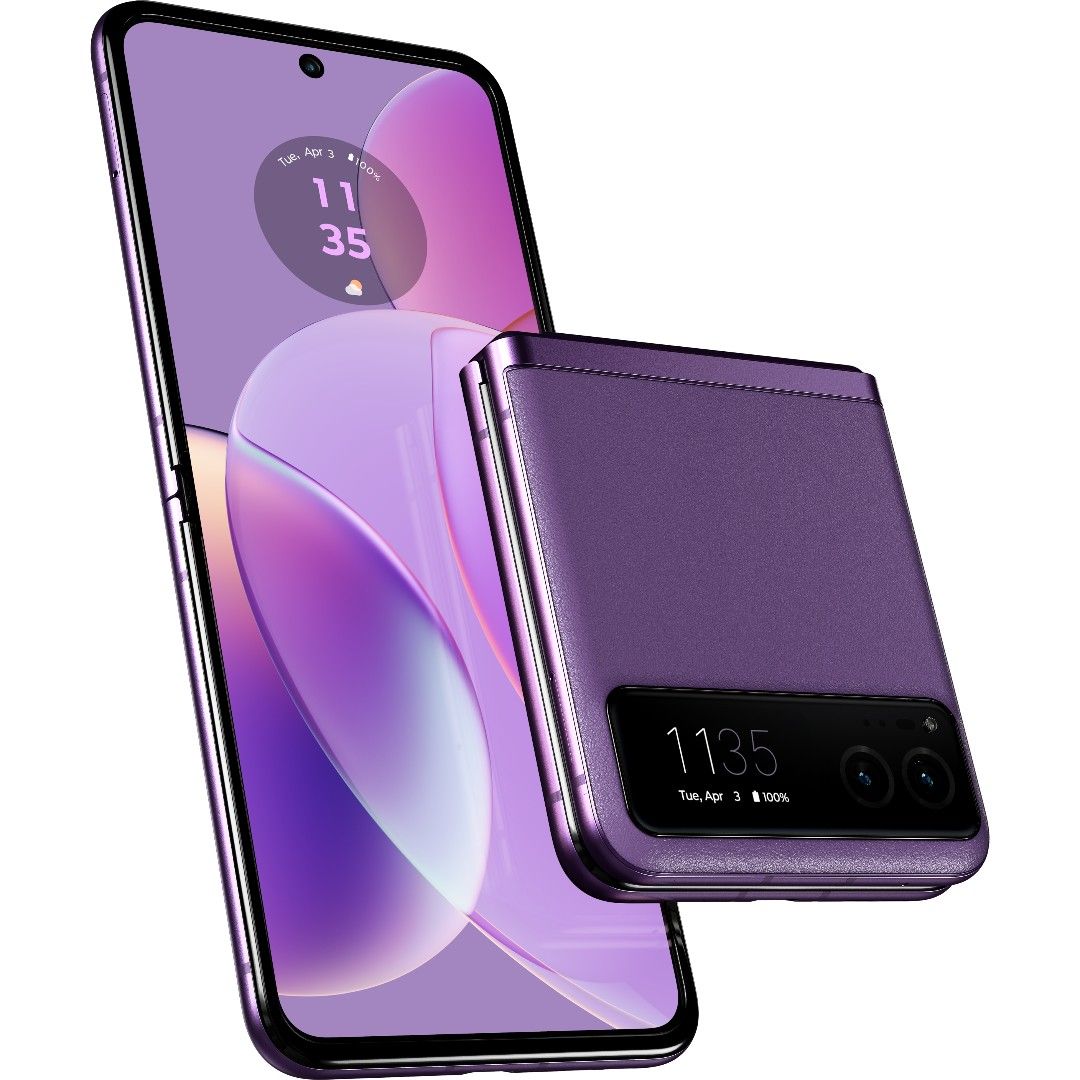
Unfortunately, the Moto Razr is still quite a ways off. The company says its planning to launch the phone in the coming months, with the device likely arriving in various international regions as the Razr 40 before touching down in North America. We also don't know the pricing, though a Motorola rep informed us it'll be "meaningfully cheaper" than the Razr+. It's unlikely to qualify as a true budget phone, but considering Motorola's success in this field, the company could help drive down prices for the entire foldable landscape.

